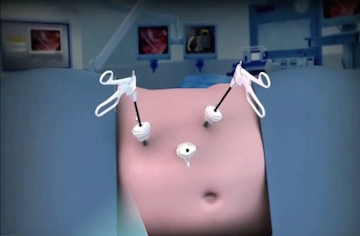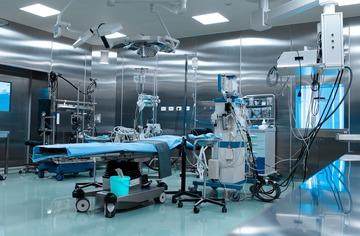What is so different about chronic pelvic pain that sets it aside from all the other conditions, even caner, and why even the most experienced doctors are so reluctant to treat it? The answer lies in the name itself: “Chronic pelvic pain syndrome”. It is not a precise diagnosis, it is just a syndrome. The reasons for it are multiple and also unclear. Often the most thorough tests show that everything is fine but the patient has just about lost the will to live due to experiencing constant pain. And following these investigations, any doctor, be it a urologist, gynaecologist or proctologist will have to write in the patient’s medical file that “no pathology was detected”. So, the result is: the pain is there but there is no treatment. The pain persists for months, sometimes years, destroys the patient’s relationships with family members, makes the patient anxious and depressed, and their medical file grows huge.







